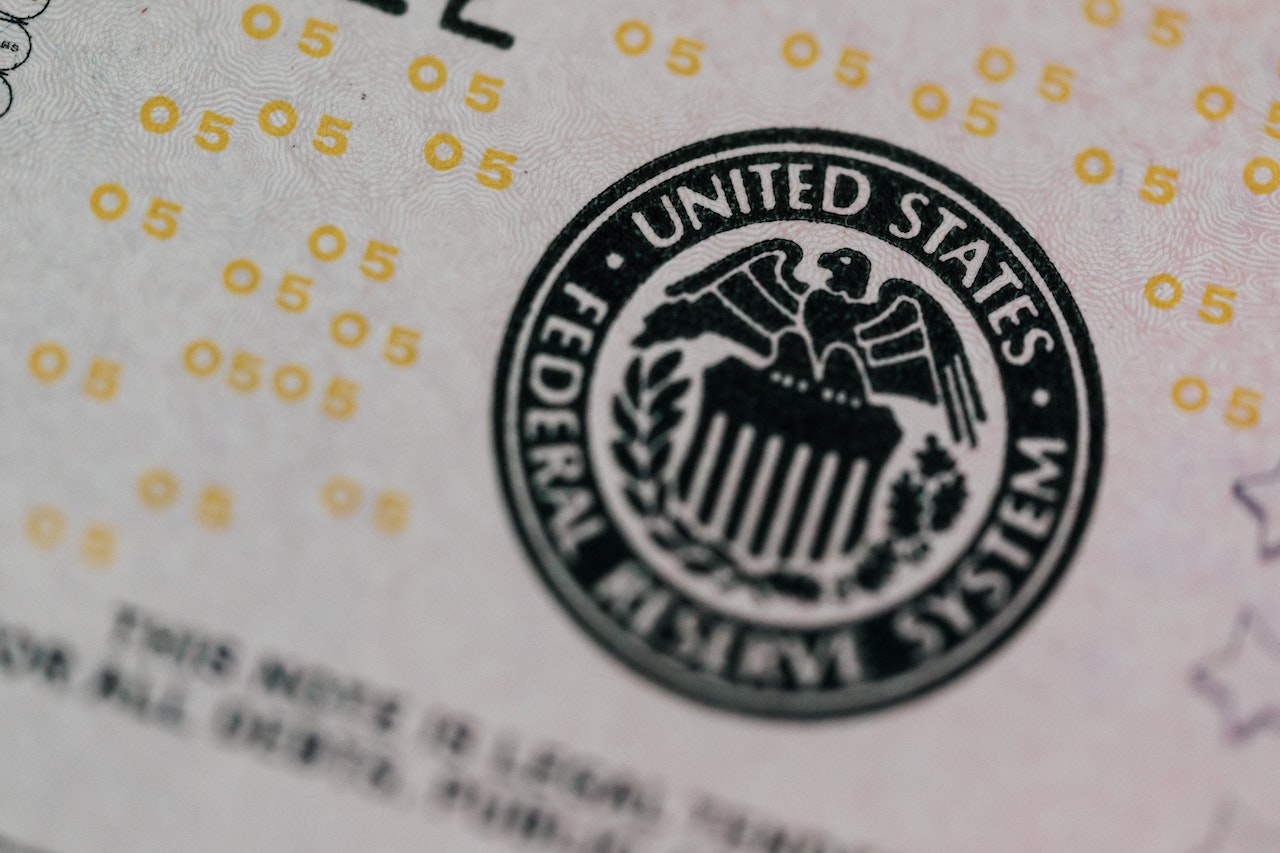


Explore the distinctions between debt and deficit in government finances. The debt and deficit are two terms that are often used interchangeably, but they refer to two different things. The debt is the total amount of money that the government owes, while the deficit is the amount of money that the government spends each year beyond what it takes in through revenue.
The debt is the total amount of money that the government owes to creditors. The debt is made up of both short-term and long-term obligations. Short-term debt includes things like Treasury bills, which are bonds that mature in one year or less. Long-term debt includes bonds that mature in more than one year. The debt is constantly changing because the government is constantly borrowing money.
The deficit is the amount of money that the government spends each year beyond what it takes in through revenue. The deficit occurs when government spending exceeds government revenue. The deficit is financed through borrowing, which increases the debt.
The federal budget deficit is the difference between the government’s revenue and expenses for a given fiscal year. The deficit is the amount of money the government must borrow to finance its operations.
The debt is the total amount of money that the government owes. It is the sum of all past deficits, plus interest on the debt. The debt is the government’s long-term financial obligation.
The debt is larger than the deficit because it also includes money that the government has borrowed in past years. The debt is the total of all deficits, plus interest on the debt.
The debt is a burden on taxpayers because future generations will have to pay for it. The debt increases the government’s need for tax revenue, and it can crowd out private investment.
The debt is also a risk to the economy because it could lead to a fiscal crisis if investors lose confidence in the government’s ability to repay its debt.
The federal budget surplus is the difference between the government’s revenue and expenses for a given fiscal year. The surplus is the amount of money the government has left over after paying for its operations.
The debt is the total amount of money that the government owes. It is the sum of all past deficits, plus interest on the debt. The debt is the government’s long-term financial obligation.
The debt is larger than the surplus because it also includes money that the government has borrowed in past years. The debt is the total of all deficits, plus interest on the debt.
The debt is a burden on taxpayers because future generations will have to pay for it. The debt increases the government’s need for tax revenue, and it can crowd out private investment.
The debt is also a risk to the economy because it could lead to a fiscal crisis if investors lose confidence in the government’s ability to repay its debt.
The debt is the total amount of money that the government owes. It is the sum of all past deficits, plus interest on the debt. The debt is the government’s long-term financial obligation.
The deficit is the difference between the government’s revenue and expenses for a given fiscal year. The deficit is the amount of money the government must borrow to finance its operations.
The debt is larger than the deficit because it also includes money that the government has borrowed in past years. The debt is the total of all deficits, plus interest on the debt.
The debt is a burden on taxpayers because future generations will have to pay for it. The debt increases the government’s need for tax revenue, and it can crowd out private investment.
The debt is also a risk to the economy because it could lead to a fiscal crisis if investors lose confidence in the government’s ability to repay its debt.
The national debt is the debt of the federal government. It is the sum of all past deficits, plus interest on the debt. The debt is the government’s long-term financial obligation.
The debt is a burden on taxpayers because future generations will have to pay for it. The debt increases the government’s need for tax revenue, and it can crowd out private investment.
The debt is also a risk to the economy because it could lead to a fiscal crisis if investors lose confidence in the government’s ability to repay its debt.
The debt limit is the maximum amount of money that the federal government can borrow. It is set by Congress.
When the debt limit is reached, the government cannot borrow any more money. This can cause a fiscal crisis if the government cannot finance its operations.
The debt limit is a burden on taxpayers because it can lead to higher taxes. It also increases the government’s need for tax revenue, and it can crowd out private investment.
The debt ceiling is the maximum amount of money that the federal government can borrow. It is set by Congress.
When the debt ceiling is reached, the government cannot borrow any more money. This can cause a fiscal crisis if the government cannot finance its operations.
The debt ceiling is a burden on taxpayers because it can lead to higher taxes. It also increases the government’s need for tax revenue, and it can crowd out private investment.




No spam, great information to grow your Money!

Share: Optimize your strategy by comparing Mutual Funds and Exchange-Traded Funds. Deciding whether to buy an ETF or a mutual fund can be a tough

Share: Facebook Twitter Pinterest LinkedIn What Are Stocks? A stock is a type of security that signifies ownership in a corporation and represents a claim

Share: Facebook Twitter Pinterest LinkedIn Are you looking for ways to grow your wealth safely? Are you looking for wealth building investments that can help

Share: Facebook Twitter Pinterest LinkedIn What Is Dollar-Cost Averaging? Dollar-cost averaging is an investing technique in which an investor purchases a fixed dollar amount of
